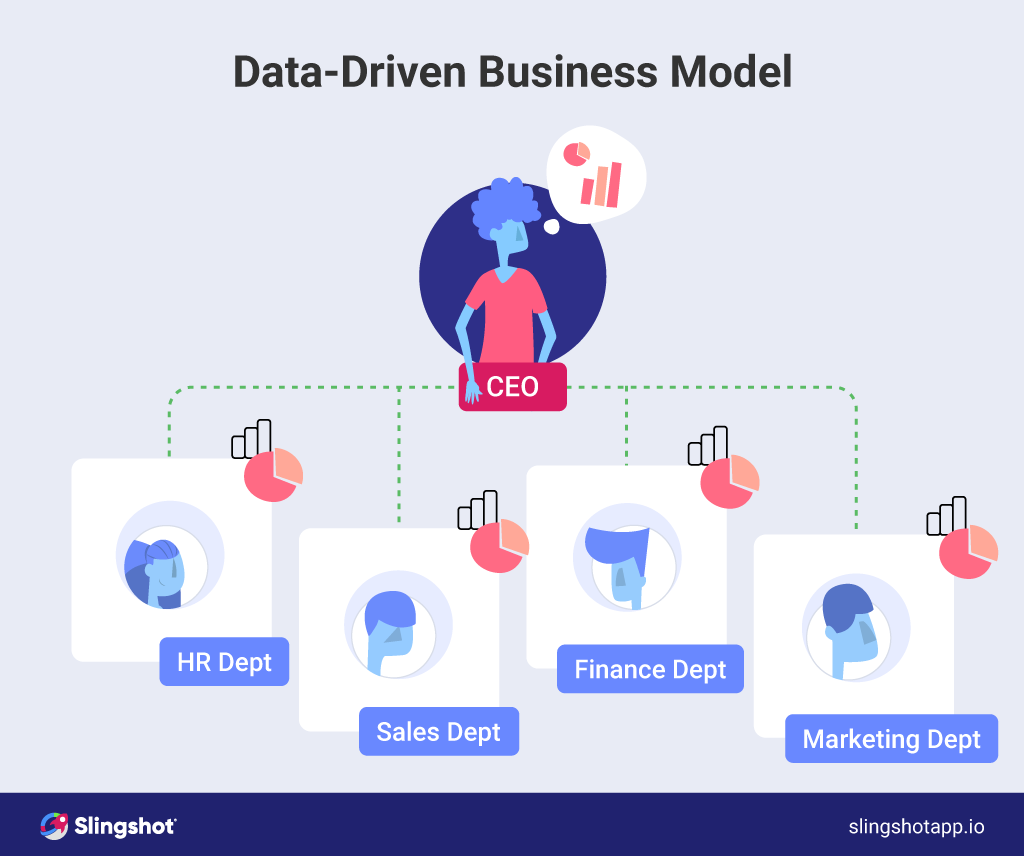
Newsroom
Discover the latest announcements, updates, and press coverage around Slingshot and stay informed on everything current.
Slingshot in the Press
Read the latest news around Slingshot, must-read pieces, interviews, feature updates, and insights on the benefits of an all-in-one digital workplace for various teams of all shapes and sizes.

The Digital Workplace That Connects Everyone You Work With
Slingshot, the digital workplace that connects everyone you work with to everything they need to get work done, launches to organizations

Slingshot aims to eliminate need for using multiple different tools with new all-inclusive collaboration platform – SD Times
Slingshot is launching to give companies a single platform for collaborating on data analytics, projects, content, and chat.
Press Releases
Press Inquiries
For press inquiries, releases on updates, or interview submissions, please contact us.
Today, that means going data-driven. According to recent studies, data-driven companies are 23 times more likely to top their competitors and 19 times more likely to stay profitable. Establishing a culture where data stays at the center in every department or team and is used for decision-making seems to be the best strategic approach to drive more revenue and surpass goals.
And it’s not just a matter of opinion. All over the world companies choose data as a strategy to unlock opportunities, align their team and harness the power of analytics to revolutionize their brand.
So, let’s talk more about the data-driven model and the top examples of data-driven companies every organization can learn from.
What Is a Data-Driven Business Model
The data-driven business model is a term that describes the constant utilization of data to inform processes and decision-making in a company. This model entails systematically using data insights in every company department and is driven “from the top down”, meaning it starts at C-level and aligns every team in the organization around the same objectives, processes, approaches, and tools, all of which are centered around data.
Relying on the data-driven model offers several benefits, such as:
- It eliminates intuition as a primary informant for decisions, thus seriously limiting potential errors
- Finding a competitive advantage over other companies in your field
Using data as a resource to run educated experiments and drive better business outcomes

The data-driven business model can be noticed across many departments and teams and used in various ways, making processes fast and easy, reducing costs, and saving time. Implementing the data-driven model means being smart in you decisions from the top down, growing rapidly, and unleashing the power of your team smartly.
What Is a Data-Driven Organization
A data-driven organization follows a data-driven model of work – meaning, it puts data at the center of every decision. Such an organization makes it a priority to drive the business forward primarily through data, using the tools and processes to make it happen in every department and team. New ideas and opportunities are all driven through data – it’s a principle that applies to everything ,and most importantly – the end results..
Data-driven organizations invest in data – that is their prerogative and it’s due to the important realization that their future depends on it. In doing that, they achieve:
- Improved processes: data enhances processes and quickly solves potential issues by pinpointing them in time
- Higher customer satisfaction: data shows which areas to be improved in your customers journey, so you can achieve better results
- Finding new opportunities quickly and growing your company’s profits
- Easily finding new trends and thus topping your competition
- Improved team collaboration and better alignment that keeps the mistakes and delays at a minimum
Data-driven businesses use data analytics to foster transparency and trust while using data as a single source of truth. What happens for companies that choose to apply this principle? Keep reading to find out!




